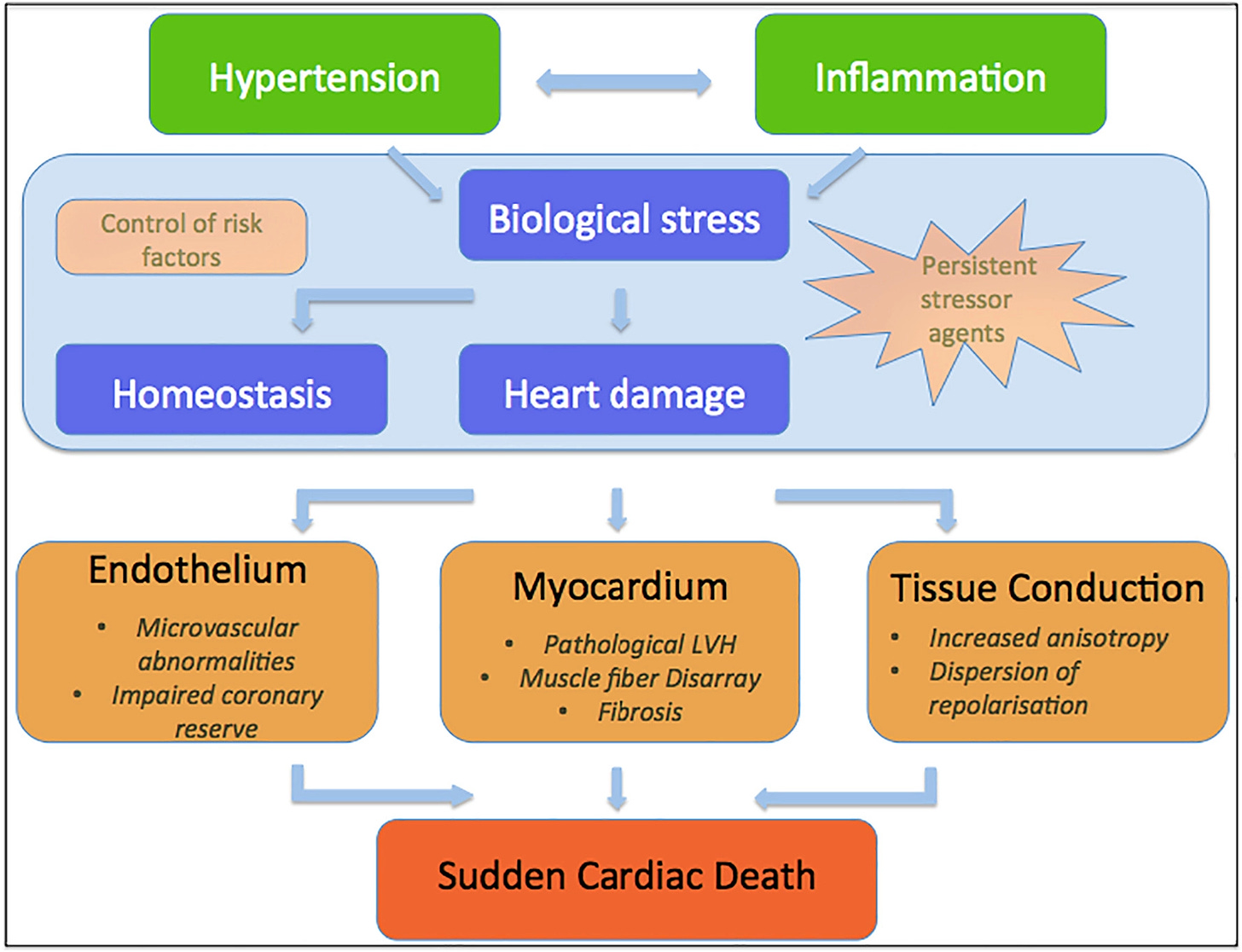THE INVISIBLE SPIKE PROTEIN PANDEMIC: THE INTERPLAY OF MICROVASCULAR DESTRUCTION AND ANTIPHOSPHOLIPID SYNDROME
The Spike Protein’s interactions with the endothelium are the driving force behind COVID pathology
A paper published August 6th in the journal Clinical Gastroenterology and Hepatology noted that:
In a survey study of 749 survivors, 29% reported at least 1 new chronic GI symptom 6 months after their COVID-19 infection, with heartburn, constipation, diarrhea, and abdominal pain being the most common. Of the patients with abdominal pain, 39% met Rome IV criteria for irritable bowel syndrome (IBS).
The COVID-19 Pandemic and Post-Infection Irritable Bowel Syndrome: What Lies Ahead for Gastroenterologists
https://www.cghjournal.org/article/S1542-3565(22)00601-2/fulltext
Many mechanisms were suggested for this, but none were definitive. Interestingly, what I believe may be the most likely cause was not discussed. I believe that the Spike Protein’s ability to damage vascular endothelial cells, including severe microvascular damage, is causing the vast majority of COVID pathology, including the observed GI issues.
For example:
Altered pain appreciation and autonomic function are hallmarks of Cardiac syndrome X, Irritable bowel syndrome and Reflex sympathetic dystrophy. Both pain appreciation and autonomic function are controlled by the lateral medulla. This hypothesis proposes that lateral medullary ischaemia at a microvascular level is responsible for these syndromes and could also be linked to other conditions where autonomic dysfunction is a major feature such as late-onset asthma, type 2 diabetes and essential hypertension.
Are cardiac syndrome X, irritable bowel syndrome and reflex sympathetic dystrophy examples of lateral medullary ischaemic syndromes?
https://www.sciencedirect.com/science/article/abs/pii/S0306987705000587
And the microvasculature is, in general, heavily involved in Inflammatory Bowel Disease.
This review contemplates the newly uncovered contribution of intestinal microcirculation to pathogenesis and maintenance of chronic intestinal inflammation. In particular, we assess the multiple roles of the microvascular endothelium in innate immunity, leukocyte recruitment, coagulation and perfusion, and immune-driven angiogenesis in IBD.
Multiple Pathogenic Roles of Microvasculature in Inflammatory Bowel Disease: A Jack of All Trades
https://www.ncbi.nlm.nih.gov/pmc/articles/PMC2408406/
Perhaps the most striking finding I’ve made is that the Spike Protein’s destruction of the microvasculature may be the cause for the myriad sudden cardiac deaths we are observing.
In cases of sudden coronary death, three patterns of microcirculatory changes were identified that differed with respect to the quantity of functionally-inactive capillaries, the markedness of edema in hypothalamic tissues and hypothalamic content of vascular mast cells.
[Microcirculation in the human hypothalamus in sudden coronary death]
https://pubmed.ncbi.nlm.nih.gov/4068464/
Another very common symptom of Long COVID is Brain Fog. Again, this too can be explained by microvascular damage done by the Spike Protein.
Postmortem high-resolution magnetic resonance imaging and histopathological examination of the brains of patients with COVID-19 demonstrated microvascular changes and inflammation in the olfactory bulb and brain stem. Widespread cerebral microvascular pathologies and flow disturbances may play a role in persistent neurological symptoms that long haulers experience during illness and recovery.
COVID-19-related microvasculature damage to the brain and its significance for immediate and long-term cognitive impairment
https://www.frontiersin.org/research-topics/24804/covid-19-related-microvasculature-damage-to-the-brain-and-its-significance-for-immediate-and-long-te
You begin to see my point.
What is most disturbing is that this has most likely been going on from the beginning of the pandemic – and the beginning of mandated Spike Protein exposures. And, of course, it would NOT have been noticed. Why? Microvascular disease is disease in the small blood vessels, less than half a millimeter across and therefore too small to be detected using standard tests.
THE INVISIBLE SPIKE PROTEIN PANDEMIC.
Yet, we also have the presence of Antiphospholipid Antibodies to deal with. These have a fascinating interplay with microvascular disease, leading one to the conclusion that the Spike Protein assaults the microvasculature directly (in its presence) and continually (by the induction of Antiphospholipid Syndrome).
Small vessel occlusions may occur as part of the vascular manifestations of the Antiphospholipid Syndrome (APS) and may affect glomerular, skin, retinal, bowel, hepatic or pulmonary vessels. These thrombotic lesions are proven (usually by biopsy, surgical procedures, at autopsy or by specialized techniques e.g. in the case of retinal vascular occlusions). Another group of small vessel occlusions remain unproven and include osteonecrosis, hearing loss and a variety of brain syndromes. All these constitute the microvascular manifestations of the APS. Another separate group exists viz. thrombotic microangiopathic antiphospholipid-associated syndromes including Thrombotic Thrombocytopenic Purpura (TTP), HELLP syndrome and the thrombotic microangiopathies (primary or secondary e.g. to SLE itself or lupus-like disease).
Microvascular and microangiopathic antiphospholipid-associated syndromes ("MAPS"): semantic or antisemantic?
https://pubmed.ncbi.nlm.nih.gov/18190872/
So, what are we left with? A biphasic disease within a disease, which “naturally” (by infection and reinfection) and “articifially” (by a far more rapid induction of Spike) is AUTOPROGRESSIVE!
And the result?
Anatomical and Pathological Observation and Analysis of SARS and COVID-19: Microthrombosis Is the Main Cause of Death
https://biologicalproceduresonline.biomedcentral.com/articles/10.1186/s12575-021-00142-y
Related/Referenced Papers
SARS-CoV-2 Spike Protein Binds to Heart’s Vascular Cells Potentially Contributing to Severe Microvascular Damage
https://www.dicardiology.com/content/sars-cov-2-spike-protein-binds-hearts-vascular-cells-potentially-contributing-severe
SARS-CoV-2 Spike Protein Impairs Endothelial Function via Downregulation of ACE 2
https://www.ahajournals.org/doi/10.1161/CIRCRESAHA.121.318902




And the funny thing about this is, if you know your medical textbooks, it was clear from the beginning when they started talking about "Covid Toes".
You have to look at the mitochondria. They are the uncertainty that the spike is still produced after the mRNA is degraded.